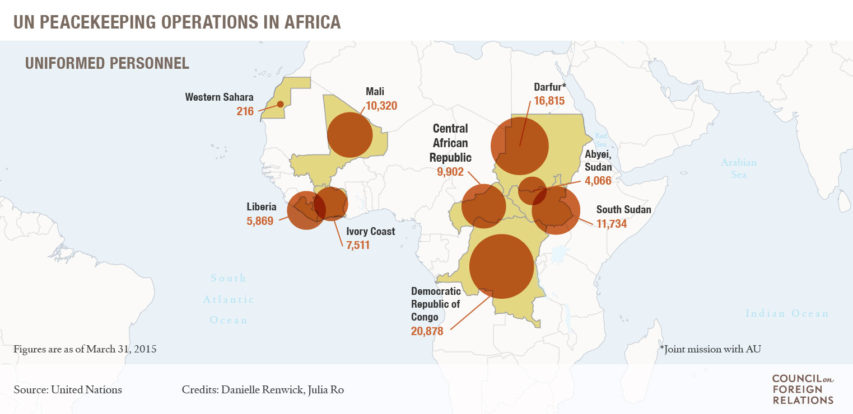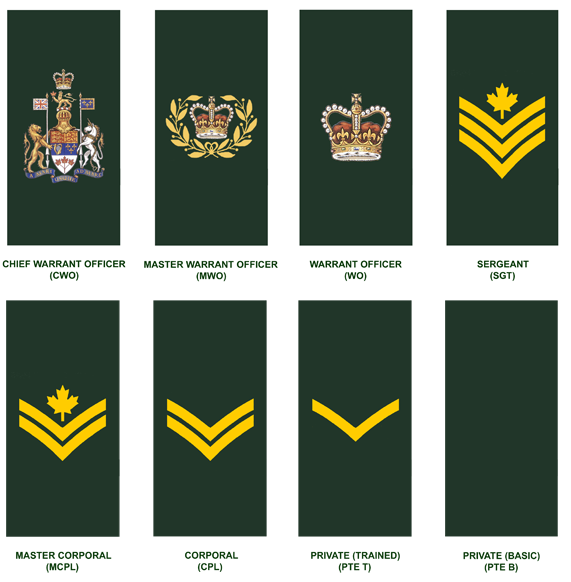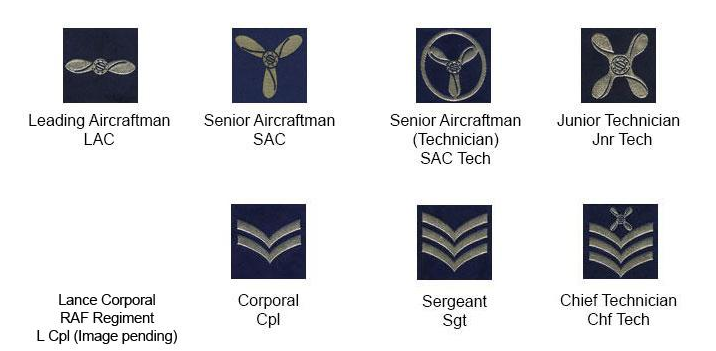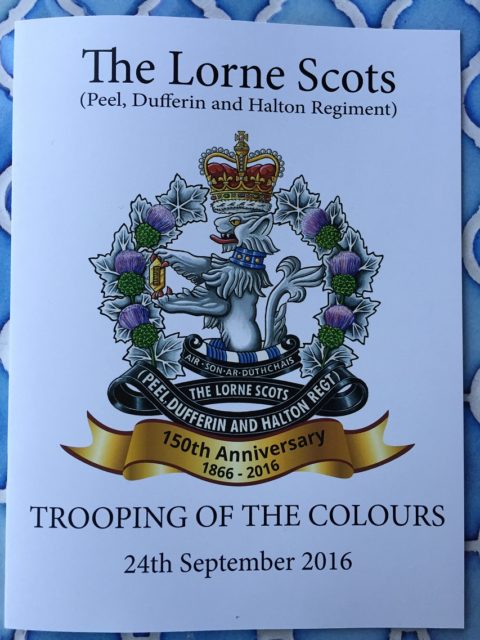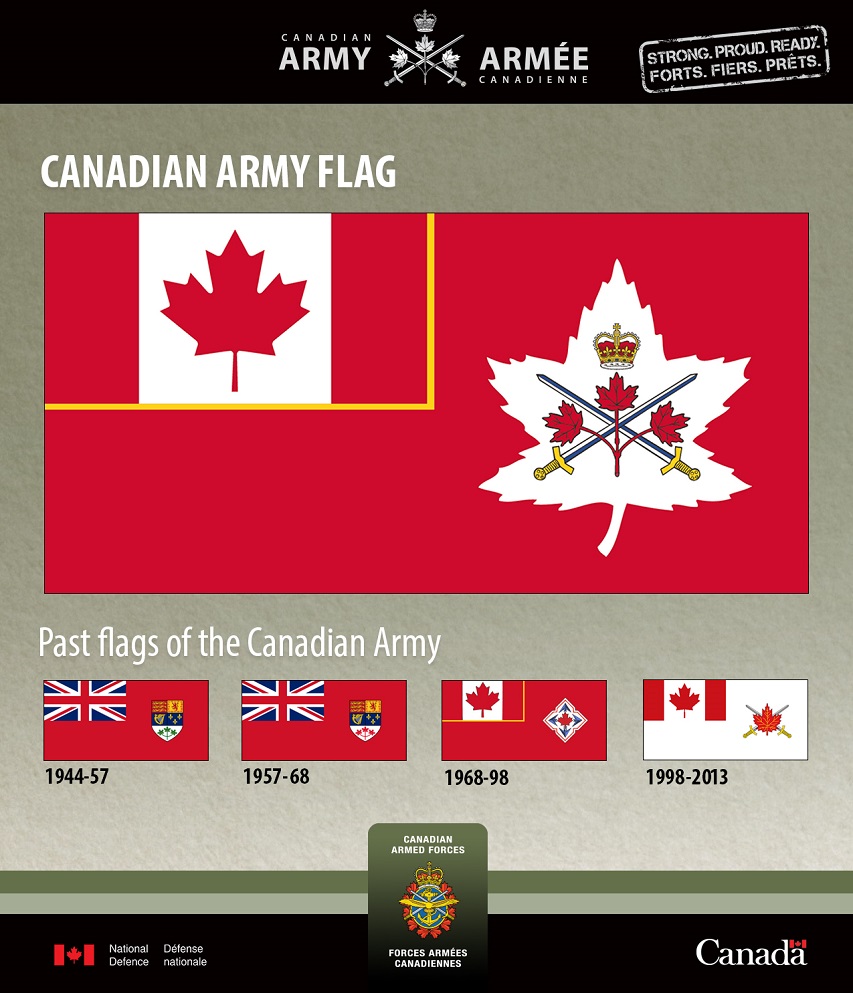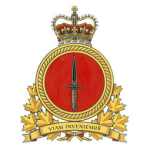 While we hear a lot about the special forces of some of our allies — US Navy SEALs, US Army Rangers and Delta Force, the British SAS and SBS — we generally hear very little about our own special forces. Some of that is natural: maintaining operational secrecy is very important, but long after the event, we still hear very little from official sources. A few years back, I posted a quick crib on the organization of Canada’s special forces, based on what was available at the time. Here, cribbed directly from the pages of Strong, Secure, Engaged [PDF], the new Canadian Defence Policy document, is a description of the role of the Canadian Special Operations Forces Command:
While we hear a lot about the special forces of some of our allies — US Navy SEALs, US Army Rangers and Delta Force, the British SAS and SBS — we generally hear very little about our own special forces. Some of that is natural: maintaining operational secrecy is very important, but long after the event, we still hear very little from official sources. A few years back, I posted a quick crib on the organization of Canada’s special forces, based on what was available at the time. Here, cribbed directly from the pages of Strong, Secure, Engaged [PDF], the new Canadian Defence Policy document, is a description of the role of the Canadian Special Operations Forces Command:
Special Operations Forces are small, highly skilled, adaptable, multi-purpose forces held at very high readiness levels. Special Operations Forces are employed in situations that pose an imminent threat to national interests, where the use of larger military forces is inappropriate or undesirable, in operational environments where access is limited, and against high-value targets.
These situations benefit from small, well-planned or precision tactical operations. Such activities include: domestic and international counter-terrorist response, discrete intelligence collection, surveillance and reconnaissance activities, specialized capacity building to assist allied host nation forces, and immediate reaction in response to emergent or imminent threats. Flexible, scaleable Special Operations Task Forces often play a role in longer-term military missions but the limited numbers of highly skilled individuals at the heart of such forces typically deploy for limited durations of time.
Canada’s Special Operations Forces structure is lean. It consists of a headquarters commanding Joint Task Force 2 (JTF 2) – Canada’s military counter-terrorism unit; the Canadian Joint Incident Response Unit (CJIRU) – Canada’s military Chemical, Biological, Radiological and Nuclear detection and response unit; the Canadian Special Operations Regiment; the Special Operations Aviation Squadron; and the Canadian Special Operations Training Centre.
At its core, Canada’s Special Operations Forces are focused on a cooperative joint, inter-agency, and multi-national approach to operations. In order to meet future challenges, the Canadian Special Operations Forces Command will continue this cooperation to support government decision-making in security situations, including counter-terrorism efforts. Additionally, the Canadian Special Operations Forces Command will support international peace and security missions, and contribute to and harness the ‘Global Special Operations Forces Network’ consisting of allied Special Operations Forces.
The lean nature and unique characteristics of Canada’s Special Operations Forces require sustained and tailored investment to ensure continuity and effectiveness over the long-term

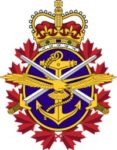 Unlike all the other issues that might have moved the Canadian government to finally address the weaknesses of the Canadian Armed Forces (including the immediate aftermath of 9/11, the high-tempo troop deployments to Afghanistan, escalating tensions in Ukraine and eastern Europe, and the rather embarrassing ongoing rusting-out of the RCN’s ships), Donald Trump appears to have been the trigger … and the first visible result (after Chrystia Freeland’s rather …
Unlike all the other issues that might have moved the Canadian government to finally address the weaknesses of the Canadian Armed Forces (including the immediate aftermath of 9/11, the high-tempo troop deployments to Afghanistan, escalating tensions in Ukraine and eastern Europe, and the rather embarrassing ongoing rusting-out of the RCN’s ships), Donald Trump appears to have been the trigger … and the first visible result (after Chrystia Freeland’s rather …  Thanks to a post at Army.ca, here is the rough outline of the NATO
Thanks to a post at Army.ca, here is the rough outline of the NATO 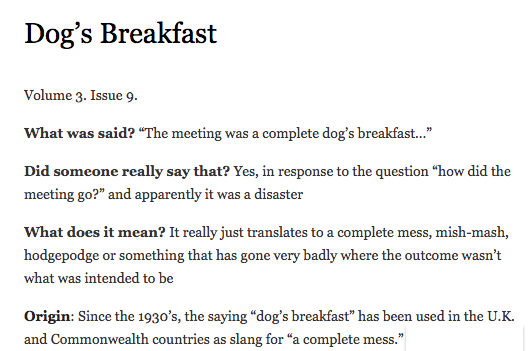 There is an old, tried and true, military expression to describe this: “it’s a dog’s bloody breakfast!” Can you imagine trying to command and control that organization? Especially under NATO’s rules that, as we saw in Afghanistan, allow each country to impose caveats on what where when and how its forces may be
There is an old, tried and true, military expression to describe this: “it’s a dog’s bloody breakfast!” Can you imagine trying to command and control that organization? Especially under NATO’s rules that, as we saw in Afghanistan, allow each country to impose caveats on what where when and how its forces may be 